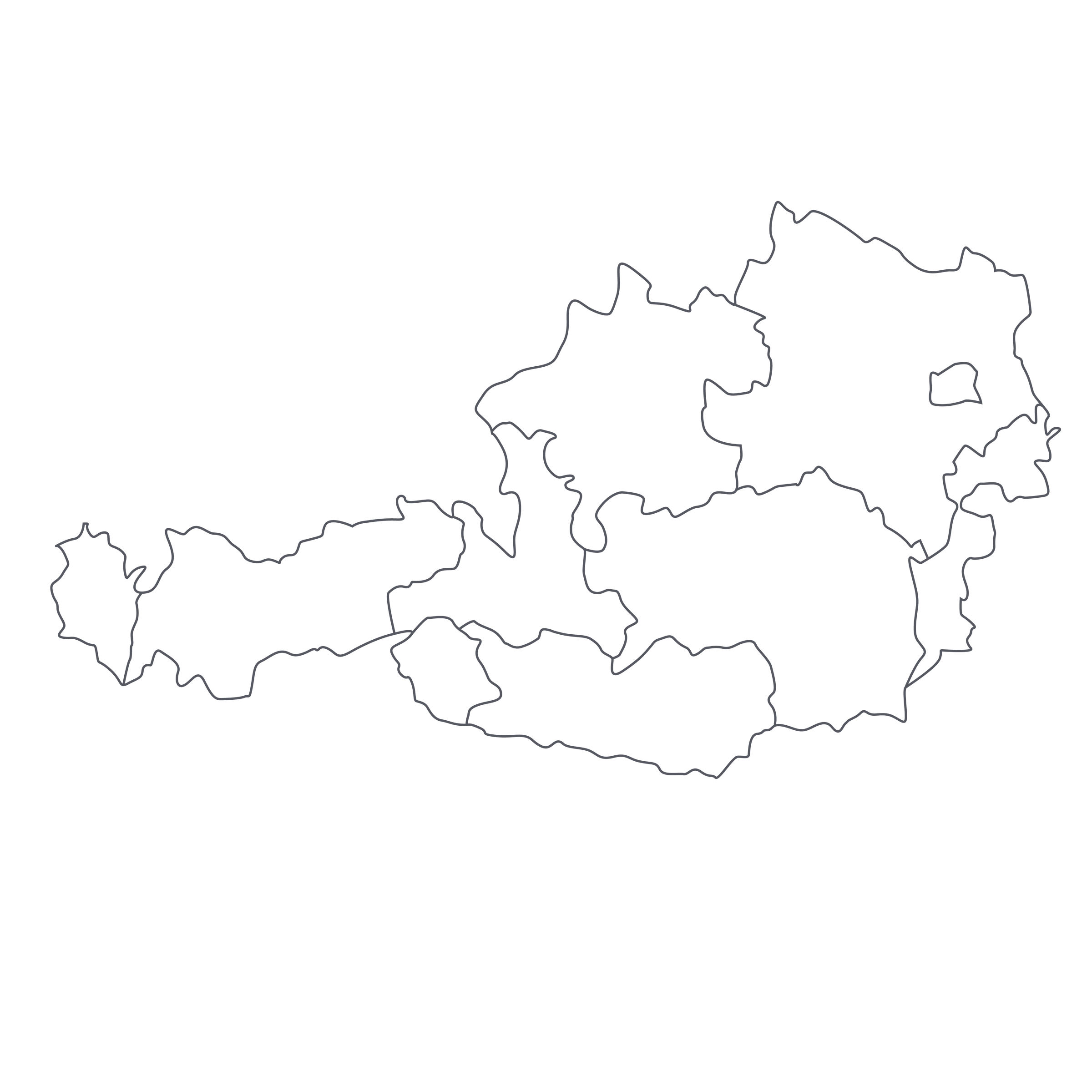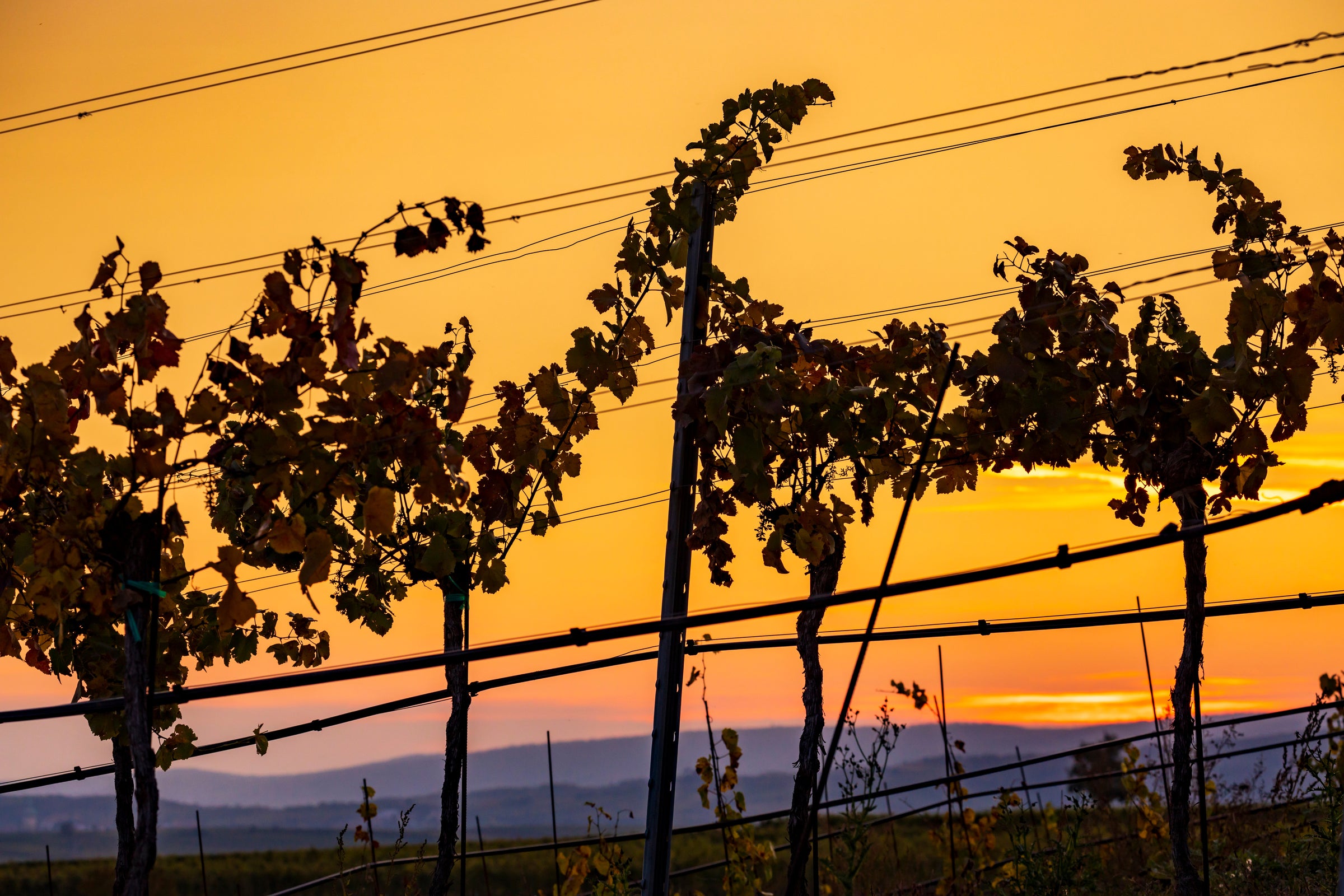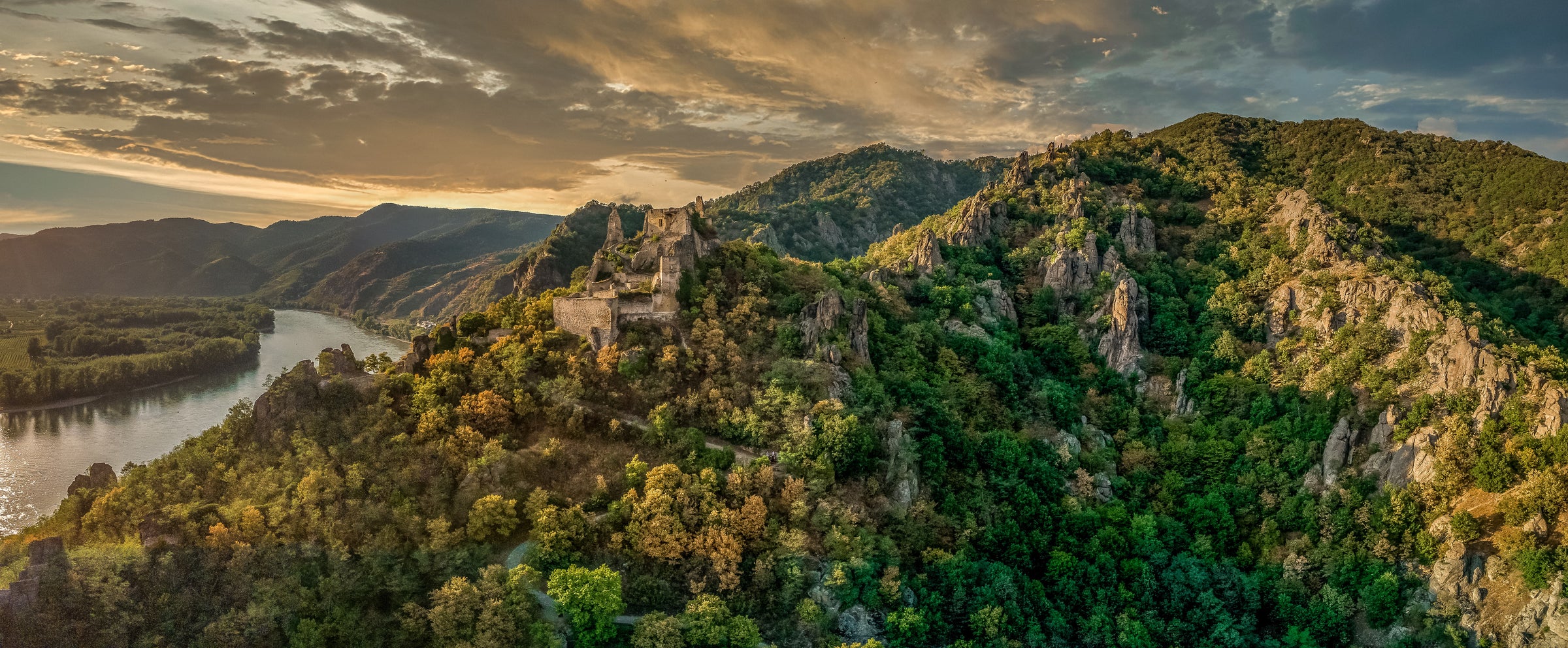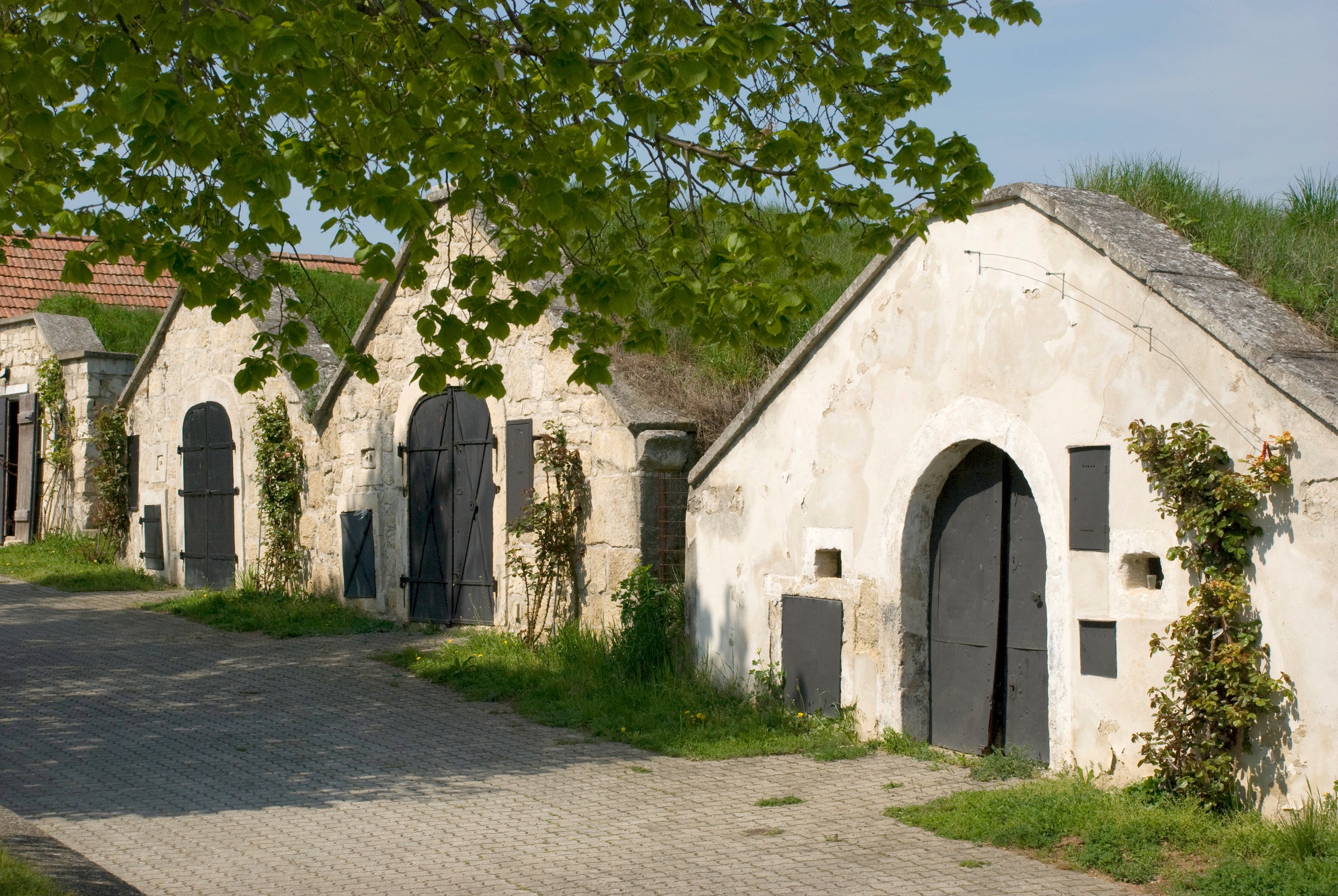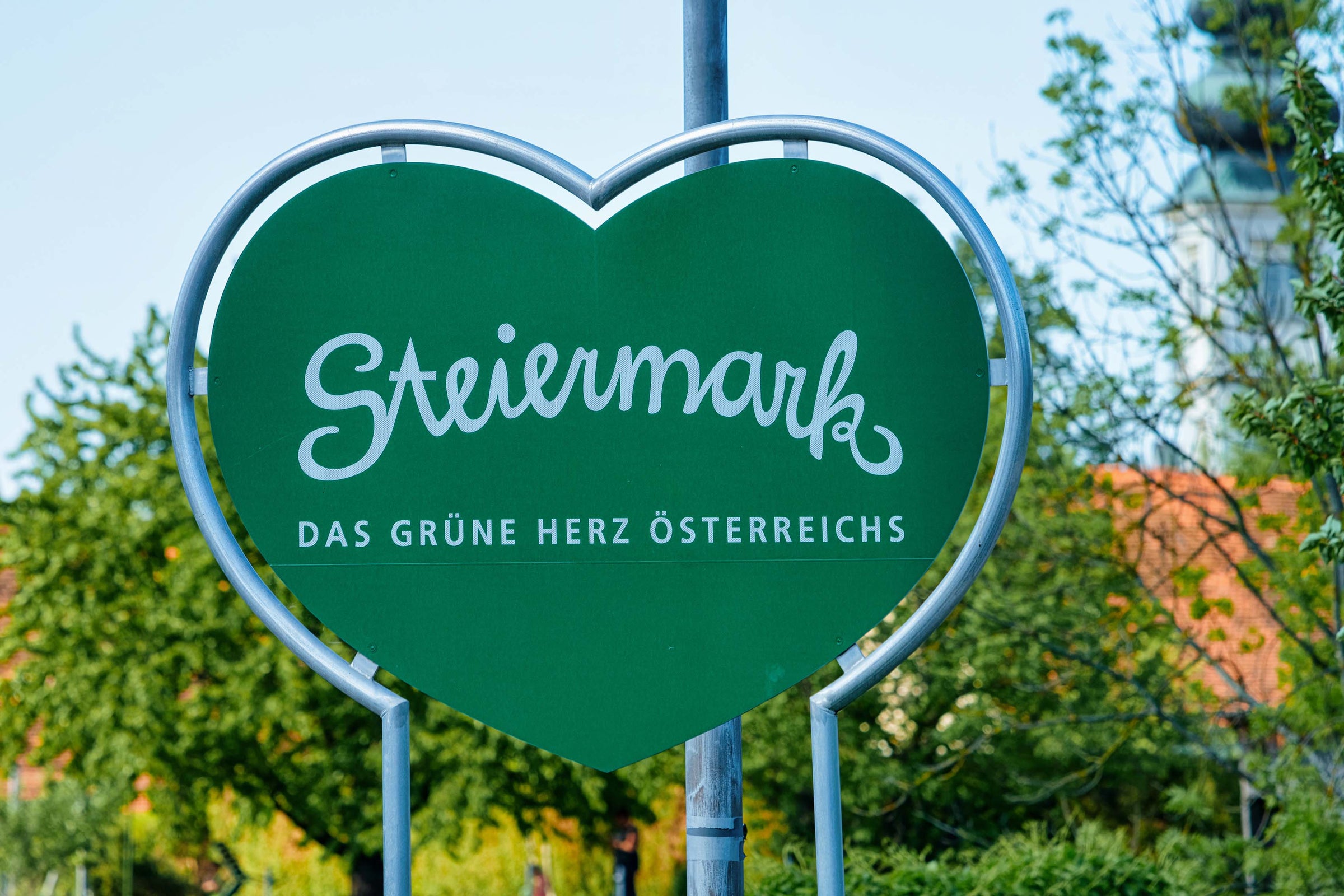Stunning, uncompromising, disarmingly classic. These are all apt descriptors of Michael Malat and his impeccable lineup of wines. Based in the Kremstal, just outside of Vienna, Malat is an ascendant star turning out incredibly vivid iterations of the region’s favored grapes: Riesling and Grüner Veltliner. His efforts have shone a light on this Wachau-adjacent region and are a reflection of his relentless exploration into its qualitative peak.
Growing up in the cellar has also proved advantageous, just as eight generations of the Malats did before him dating back to the early 1700s. In more recent history, his father Gerald helped set up the ÖTW, which is both a winegrower’s association and a classification system for the country's best vineyard sites. It’s hard to think of another estate that has been so vitally impactful and influential for their region, yet remained under the radar for so long. Michael won’t remain an insider secret much longer, so the time is right to snap up his world-class Grüner Veltliner “Furth,” coming from the outstanding 2021 vintage. Up to 12 bottles per person, and far less for the bonus offer below.
BONUS: For those who want an upgrade in texture and length, Malat’s single-vineyard “Höhlgraben” can also be acquired here in tiny quantities. They’ve been farming this prized vineyard for 300 years!
It’s near impossible to believe that this is the “entry-level” wine from Malat, as it carries such tremendous breed and depth. The vineyards are scattered around the village of Furth, on the southern slopes of the Danube river, and contain complex soils that are heavy with alluvial stones and calcareous underpinnings. The sites are warmed by the Pannonian winds, flowing from the east. The western parts of Kremstal are geologically and climatically more similar to nearby Wachau, but here they’ll show riper aromatics and more generosity.
Michael’s wines show a dazzling interplay of freshness and intensity, and are produced only from hand-picked pristine fruit without botrytis. His style is heightened by (1) low yields, (2) organic, irrigation-free farming, and (3) minimal winemaking intervention. Even in the face of climate change, he remains adamantly against adding water to the vines: “It would change the character of the vineyards. Only when the vines are forced to root deeply in order to access water and minerals does the character of the vineyard express itself authentically in the wine.” Native fermentations in steel further enhance this expression, before a brief respite in neutral 10,000-liter casks.
Cumulatively, it’s a beguiling bottle of Grüner, showing uncommon precision and mineral drive, that’s further increased after air. The palate is dominated by zesty citrus and yellow stonefruits, while piquant greens, vetch, and wet herbs add interest and savor. Fresh acidity gives balance and delineates the finish. The large barrels add texture and frame the rounded fruit, but this remains a transparent and finessed rendering of Grüner without any oak-spice imprint. If your only experience with the grape is the cheerful version offered by the liter, it’s time to level up to the serious stuff. The winery suggests that it pairs with everything from breakfast to a midnight snack, but it would absolutely shine as a counterpoint to a celebration dinner with the accompanying recipe. I’d also remind you that great Grüner ages well, so don’t be afraid to pack your cellar over the next 2-3 years with this uncompromising and incredible wine. Cheers!
